If you walk the streets of our tree lined neighborhood in Phoenix, AZ, you would know that it is harvest time. The citrus trees that were planted decades ago are filled with brightly colored oranges, grapefruit and lemons and we are lucky enough to live among them.
Our surrounding neighborhoods were once five and ten acre citrus orchards that were sold for their agricultural potential and were modeled after the expansive rural estates more prevalent in the East. Later, these citrus groves were divided into smaller parcels and family homes were built throughout the orchards. Some of the neighborhood trees were planted in the early 1920's and are showing their age, but there is still an abundance of fruit gleaned from the trees. Boxes of the citrus are picked and shipped to food banks throughout the valley. My favorite way to preserve our citrus is to juice and fill our freezer with jars of juice to satisfy our citrus cravings throughout the year. We also like to turn our Valencia oranges into a luscious marmalade.
Della Killeen, a native of County Kildare, Ireland, began distilling her citrus fruit just last season . Della grew up on a dairy farm and tended the the garden with her mother and almost everything they ate came from the family farm.
Della was gracious enough to let me look in on her distilling process. As I stepped into her lovely kitchen it was almost like a secret laboratory with tubes and steam and bubbling flacks, all mixed with the sweet aroma of grapefruit!
The harvest season for grapefruit is from October to March, the larger the fruit the more oil they produce. Della has done extensive research on the best way to extract the highly concentrated oils from her citrus.
Here is one of Della's grapefruit trees, probably original to the property. I love the twisted, old gnarly trunk!
The grapefruit is best used within twelve hours of harvesting. Della explains, " you pick and process right away to prevent any evaporation loss of the volatile oil. Traditionally, commercial growers bring the distilling unit right out to the field to harvest and distill in one shot." The essential oil glands are deeply embedded in the rind (flavedo) of fruit. Della quickly processes the rinds of twenty-five grapefruit and stores them in glass jars in the freezer until she has time to extract the oil in the distilling process.
The essential oil glands are deeply embedded in the rind (flavedo) of fruit. Della quickly processes the rinds of twenty-five grapefruit and stores them in glass jars in the freezer until she has time to extract the oil in the distilling process. When I arrive, Della takes the frozen jar of rinds from the freezer and places the jar in the microwave and in very simple terms... the essential oil extraction process begins! Della uses the microwave assisted distillation method using a still that she built herself. Luckily for me she drew a nice diagram to explain the whole procedure.
When I arrive, Della takes the frozen jar of rinds from the freezer and places the jar in the microwave and in very simple terms... the essential oil extraction process begins! Della uses the microwave assisted distillation method using a still that she built herself. Luckily for me she drew a nice diagram to explain the whole procedure.
This is what is left after the oils have been extracted.
Della adds ice to the chiller bucket to cool the distillation column.
Oil is lighter than water so it separates and is collected here.
Della adds just a few drops of the grapefruit oil to her bath salts (a little goes a long way!). Many of her combinations come from old French recipes. She also adds a bit of basil and rosemary oil from her herb garden for an amazing combination!
The use of essential oils dates back to ancient times. The oils were used for their therapeutic, medicinal and culinary properties. The wonderful aroma of Grapefruit is refreshing, calming, energizing and uplifting!
Della's Citrus Paradisi Bath Salts and Shower Gel will be available at our Neighborhood Garden Market at the Spring Edible Garden Tour 2013 on May 11th. You can also contact Della at Support@arcadia-grove.com.
Tickets for Arcadia's Edible Garden Tour are available at
We would love to see you there!

































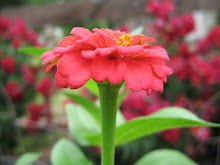
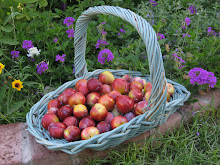

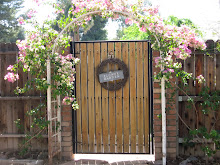






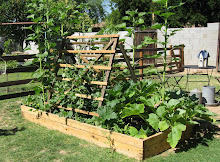


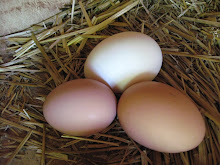
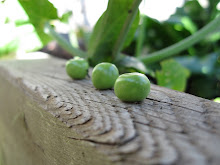
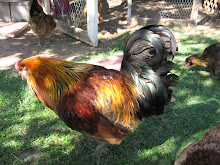

.jpg)











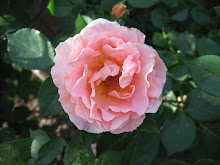


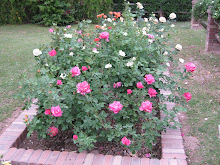
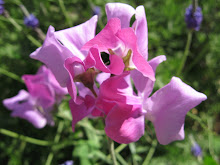
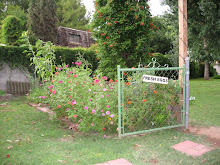

1 comment:
Thank you, Jill, for stopping by.
Interesting that the houses were built in the old orchards. Here the orchards are always ripped out.
The distilling process is fascinating. Thank you for sharing it.
Trish
Post a Comment